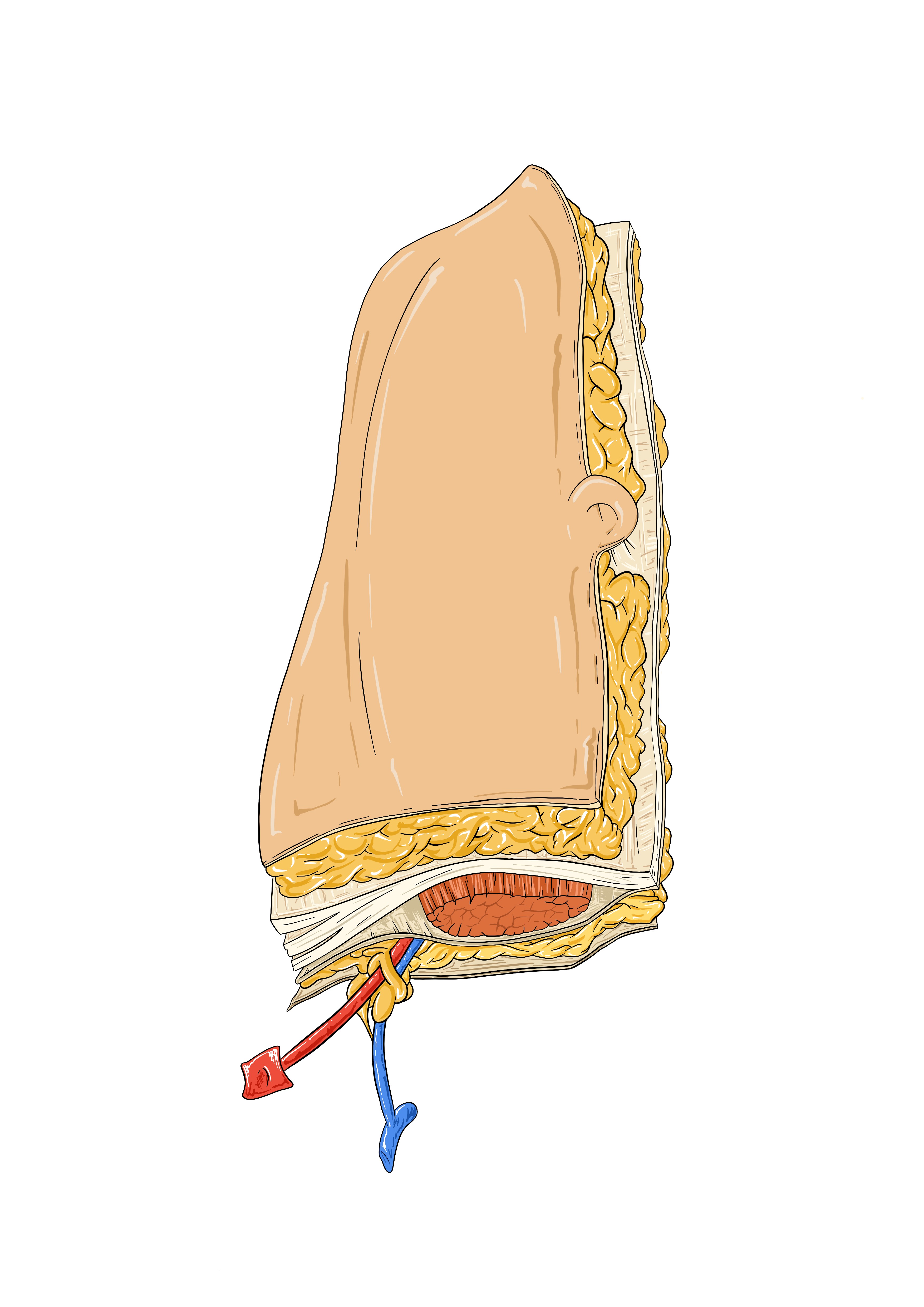Alternative surgical techniques for abdominal wall graft donation to guarantee abdominal wall closure in the donor
Clara Fernández1, Blanca Otero1, Luis Carlos Jiménez1, Carmelo Loinaz1, Alberto Marcacuzco1, Óscar Caso1, Alejandro Manrique1, Álvaro García-Sesma1, Félix Cambra1, Jorge Calvo1, Rosa González1, Victoria Carmona1, Iago Justo1.
1Abdominal Transplantation and Hepatobiliopancreatic Surgery, 12 de Octubre University Hospital, Madrid, Spain
Introduction: Twenty percent of intestinal transplant recipients will require a surgical alternative to conventional primary abdominal wall closure. Abdominal wall transplantation is a developing technique that is increasingly performed for this purpose in isolated intestinal or multivisceral recipients, however, adequate closure of the donor is paramount, while simultaneously obtaining a large enough graft. The aim of this study is to describe alternative surgical techniques for closure of the donor, in cases in which abdominal wall graft extraction hinders subsequent donor abdominal closure.
Method: We describe the cases of two young donors in whom intestinal extraction was not carried out and in whom wall closure was not feasible, following standard techniques after abdominal wall graft extraction. We performed two different procedures to obtain adequate closure.
1. Hemi-fascia and hemi-abdominal wall graft extraction: It is an option when the recipients require an extension of the abdominal aponeurosis, yet have enough skin to guarantee skin closure. The perfusion of both epigastric arteries is needed. The remaining cutaneous half is used for closing the donor’s abdomen.

2. Hemi-abdominal wall graft extraction: Full-thickness abdominal wall is harvested from the donor, selecting the most vascularised half. It is an alternative for recipients that need a skin implant in addition to an aponeurosis extension. This option should be used for recipients that do not require a large fascial graft, but do require a significant cutaneous graft. The non transplanted half of full-thickness abdominal wall is used for donor closure.

Result: Abdominal wall transplantation allows for expansion of the abdominal cavity in organ recipients, and reduces the risk of compartmental syndrome and subsequent ischemia. However, the donor wall defect must be considered. The choice of donation technique was based on the magnitude of the defect in the donor as well as the size of defect to be covered in the recipient, while ensuring a tight and complete closure of the donor’s abdomen.
Conclusion: Abdominal wall graft extraction can be performed using non-conventional techniques that account for the extend and type of coverage needed by the recipient, while guaranteeing proper closure of the donor.

right-click to download
